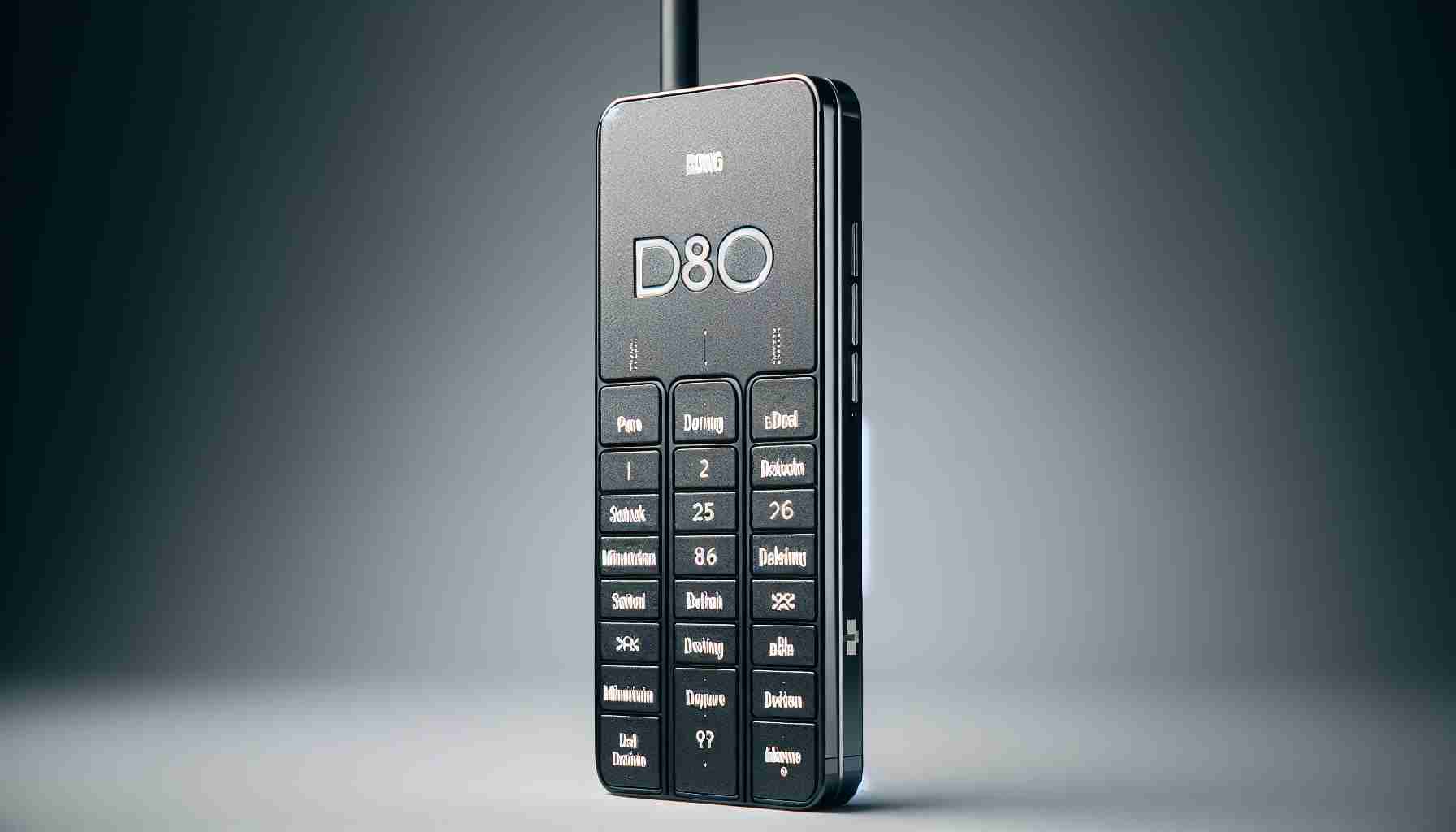The newest tech collaboration draws inspiration from the past to bring a fresh take on digital minimalism. The joint effort between Bodega and Heineken, in partnership with Human Mobile Devices (HMD), introduces the “Boring Phone.” Unlike its multifunctional counterparts saturating the market, this device revives the classic flip phone, boasting features solely for communication—calls and text messaging.
As society becomes increasingly engrossed in an always-connected lifestyle, the “Boring Phone” arrives as a beacon of simplicity, intentionally devoid of internet connectivity, social media presence, and app capabilities. This new product targets consumers seeking refuge from the digital chaos who crave a nostalgic approach to modern communication.
Mindfully designed with a blend of the future and the past, the phone sports a holographic case shimmering with fine detail. Stickers pepper the device for an extra touch of playful character, while its inner workings remain as straightforward as can be.
The efficiency of the Boring Phone stands out, as it offers an impressive one week of standby time and up to 20 hours of usage for voice conversations. Its debut aligns with Milan Design Week, establishing a stage for this intentionally underwhelming gadget at a bustling event known for showcasing innovative designs.
Bodega’s vision for the Boring Phone encapsulates a desire to dial back the digital intensity. They looked to “Newtro,” a cultural trend fusing nostalgia and innovation, and aimed this device at young individuals who may not have experienced the simpler tech era. Witness the “Boring Phone” in its full understated glory, challenging the norm of what a mobile device should offer.
The growing digital detox movement recognizes the need for balance in our relationship with technology. The “Boring Phone” seems to tap into this sentiment, offering a tool for those looking to disconnect from the overwhelming tide of information and digital interaction experienced through smartphones. This aligns with a broader social conversation on the impact of technology on mental health and the importance of occasional disconnection.
The most important questions associated with the “Boring Phone” might include:
– Who is the target demographic for the Boring Phone?
– How does the Boring Phone impact the user’s daily life compared to a smartphone?
– What are the environmental implications of producing a new device that serves a similar function to older models?
Addressing the target demographic, the Boring Phone is aimed primarily at users who are overwhelmed by the complexities of modern smartphones and those who reminisce about the simpler times or are experiencing ‘Newtro’ for the first time.
Regarding daily impact, users may find that without the distractions of a smartphone, they can focus better on the present moment, thereby potentially increasing productivity and reducing stress attributed to constant connectivity.
In terms of environment, it’s important to consider if the production of the Boring Phone encourages sustainability. By providing a simple device with long standby time, it could reduce the need for frequent upgrades and thus mitigate electronic waste to some degree.
Key challenges or controversies could involve the relevance of such a device in an age where smartphones are considered essential tools for numerous daily tasks beyond communication. Additionally, digital access is increasingly regarded as a necessity rather than a luxury, calling into question the practicality of a device that deliberately excludes such features.
The advantages of the Boring Phone might include:
– A detox from an “always-on” lifestyle, reducing potential distractions and stress.
– Enhanced privacy with the lack of data-intensive applications.
– Increased battery life and reliability for basic communication needs.
– A unique aesthetic choice that stands out from conventional smartphones.
On the other hand, the disadvantages may involve:
– Limited functionality in a world that increasingly relies on smartphone capabilities for everyday tasks.
– Possible disconnection from digital services that are integral to the professional and personal lives of many people.
– Risk of alienating users who require more from their devices than just calls and texts.
For those interested in learning more about the digital minimalism movement or the growing demand for simpler technology, related information might be found on the websites of digital well-being organizations or tech forums.
While I cannot guarantee the validity of any external URLs as I cannot verify current web addresses, for general informational purposes, one might typically seek out domains such as those belonging to well-being organizations or tech news outlets for further reading on topics like tech detoxes or digital minimalism. If seeking the manufacturer of the “Boring Phone” (Human Mobile Devices), one would typically look for a direct link to their homepage; a similar process would be followed for Bodega or any other relevant entity mentioned in the topic.
The source of the article is from the blog rugbynews.at
